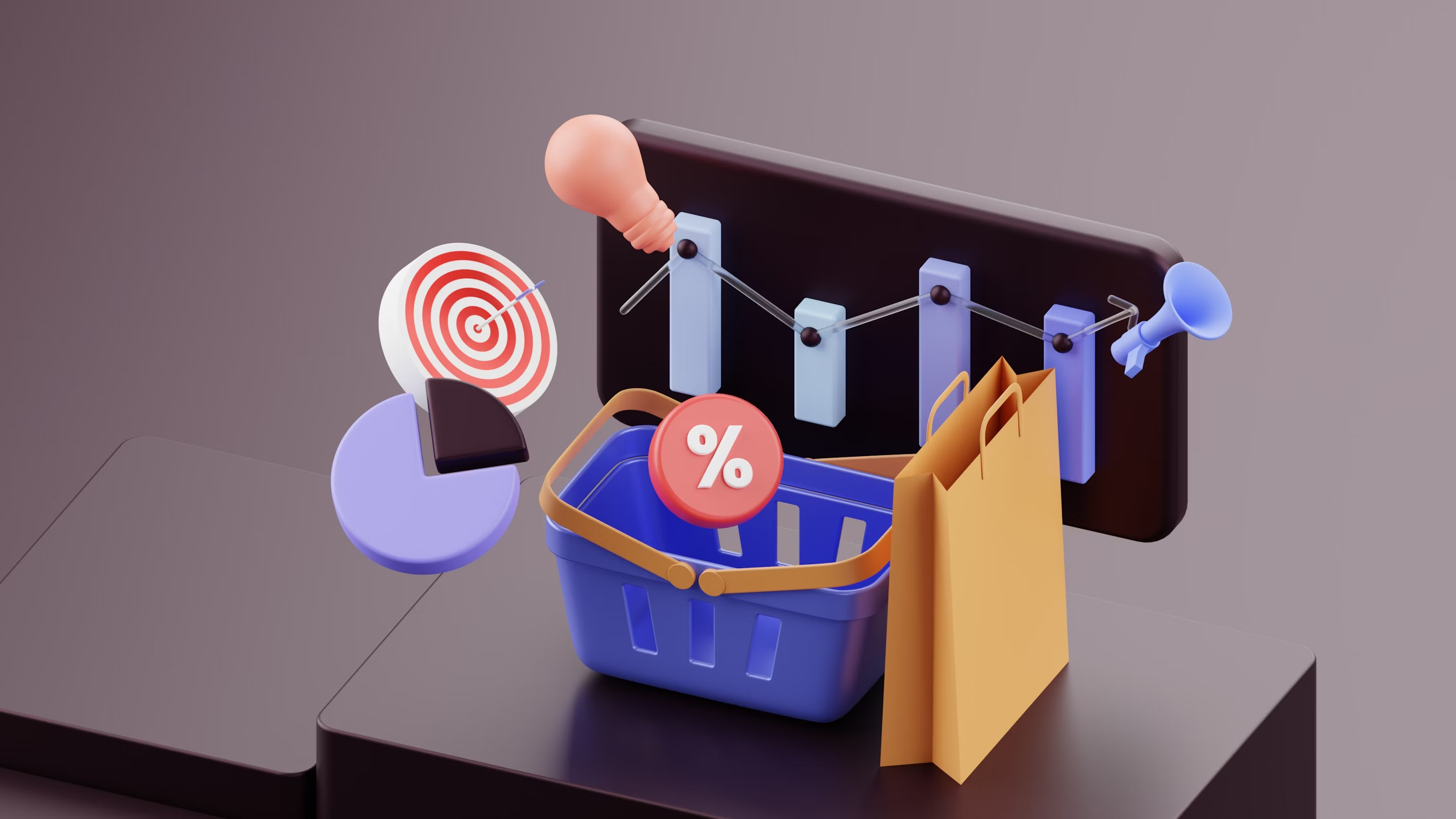The table of content
Introduction
When planning a day in the city or a trip, people always want to know what is worth visiting, where to enjoy a good meal, and how to get to the destination conveniently without unnecessary hassle. This article explores how specialized digital solutions — designed for the restaurant industry, tourism, and transport — help simplify this chain of actions for users while also optimizing routine processes for businesses.
In this article, we will share real cases from the KitApp team, which implements such solutions in practice.
Tourism
Modern travelers want more than just a list of landmarks from a guidebook. They look for personal stories tied to a place, convenient routes, and the chance to discover the city’s hidden corners. Mobile tourism apps turn a smartphone into a smart guide that understands your preferences and seamlessly integrates with the rest of the travel experience.
These solutions combine audio guides with geolocation, store tickets in Apple Wallet, offer partner discounts, and help monetize every stage of the journey. Let’s see how this works in practice.
Mallorca: A Smart Audio Guide in Your Pocket
Mallorca is a personal audio tour app available for iOS and Android. The solution was developed on a cross-platform architecture to make travel experiences more immersive and accessible. The main goal was to provide visitors with guided stories that start automatically as they explore landmarks, without the need for manual input.
What Guests Get
Travelers receive an interactive, hands-free guide. As they approach a landmark, the app automatically plays a relevant audio story, enriched with visuals. A convenient slider allows users to navigate between route points, while caching ensures that all content is available offline—ideal for areas with limited connectivity.
Benefits for the Business
The app enables tourism operators and cultural institutions to expand their reach and enhance visitor engagement without hiring live guides. Offline caching reduces user frustration and ensures smooth experiences, while dynamic updates allow new routes or stories to be added quickly without technical barriers.
Technical Architecture
The solution is built on a cross-platform client developed in React Native or Flutter, which communicates with the server through Firebase or a REST API. Dynamic content loading supports fast updates, while geolocation technology ensures that stories are triggered precisely at the right place and time. The architecture is optimized for performance and scalability, making it suitable for expanding to new cities or themes.
Technology Stack
The client side is implemented in [React Native/Flutter], while backend communication is handled via [Firebase/REST API]. Audio and visual content is delivered dynamically, supported by geolocation services. Standard tools such as [HTML5/CSS3] and build systems like [Gradle or Webpack] provide performance optimization and maintainability.

WTG: Your Must-Have Travel App for Saving Money
WTG is a cross-platform app for iOS and Android that helps travelers instantly find and use local discounts. Offers are activated by QR code with no registration or extra steps. Users can also track savings by day, trip, or year.
What Guests Get
Nearby discounts, one-tap activation, and a savings tracker.
Benefits for the Business
Merchants attract more customers quickly, while travelers save money and time without hassle.
Technical Architecture
Cross-platform build optimized for speed and comfort. React frontend with HTML5/CSS3, Webpack and Gradle for builds, plus Cordova and Angular for hybrid support.
Technology Stack
React, HTML5/CSS3, Webpack, Gradle, Cordova, Angular, Adobe XD, Photoshop.

Restaurants
A mobile app completely transforms the restaurant experience. Guests can view the up-to-date menu with current prices and dish availability, reserve a table at a convenient time, and pay instantly via Apple Pay or card — all in just a few taps, without phone calls or waiting in lines. In addition, users accumulate points and receive personalized offers.
For restaurants, this means automating routine processes. Menus, promotions, and inventory are automatically synchronized with POS and CRM systems, while all updates are managed through an intuitive admin panel. Geolocation-based push notifications help attract customers at the right moment.
Cross-platform development makes it possible to support both iOS and Android with a single codebase. This ensures that menu updates and promotions appear simultaneously on both platforms, while keeping maintenance costs minimal.
MacVic Club: A Comprehensive Digital Solution for the Modern Restaurant
MacVic Club is an all-in-one digital solution that includes both a website and a mobile app for iOS and Android. The KitApp team built the project in just one month using its proprietary RestUp template. The main goal was to transform a traditional restaurant into a tech-driven venue with seamless guest interaction.
What Guests Get
Visitors can browse the full menu with detailed descriptions, photos, and current prices, book tables online without phone calls, and access all essential information about the location and opening hours. Additional features include an atmospheric photo gallery, a feedback form, multilingual support, and built-in navigation for finding the best route to the restaurant.
Benefits for the Restaurant
Owners gain a steady flow of mobile traffic and significantly fewer routine phone calls for reservations. All updates to menus, prices, or opening hours are made in just minutes through a convenient admin panel, without needing developers.
Technical Architecture
The solution is built on a client–server model with a proprietary CMS. Responsive design ensures proper display on all devices, while speed optimization guarantees a smooth user experience. The architecture is designed for easy scalability, making it simple to add new modules such as online ordering, delivery, or a loyalty program.
Technology Stack
To accelerate development and simplify future maintenance, the team used proven tools: designs created in Figma, interfaces built on React, and the server side running on Node.js with a MongoDB database. Authentication and push notifications are implemented via Firebase, while HTML5/CSS3, Webpack, and Gradle provide performance optimization.
Using the RestUp template as the foundation makes it possible to quickly adapt ready-made modules to the specific needs of the restaurant. If, in the future, there is a need for delivery or a loyalty system, they can be integrated without a complete overhaul of the existing architecture.

Velikano: Mobile App for Fast Food Ordering
Velikano is a cross-platform mobile app developed for iOS and Android using the RestUP ready-made solution. The project includes a standalone admin panel and has already been published in the App Store and Google Play as part of the customer’s custom software package.
User Experience
The main idea is to simplify the ordering process as much as possible. Customers can quickly register, place an order in just a few taps with automatic location detection, pay online, and earn cashback and bonuses for purchases.
Business Goals
For the restaurant, the app becomes a powerful tool for attracting customers and boosting sales thanks to its user-friendly interface, loyalty system, and the ability to manage content independently without involving developers.
Full Functionality
The solution covers the entire customer journey: from online ordering and payments to a loyalty program with bonuses, promotions, and gifts. Users can leave reviews, receive SMS and push notifications for re-engagement, and use a personal account with favorites and order history.
The menu catalog is organized for fast navigation, supports dish variations, and offers flexible delivery options. All features are managed through a simple admin panel, allowing quick content updates and performance tracking.
Technical Implementation
The app is built on a classic client–server architecture, where the mobile client communicates with the backend via API. The frontend is developed with React Native and React using TypeScript, while the server side runs on Node.js (Express) with MongoDB as the database.
When designing the app, the team followed Material Design principles for Android and Human Interface Guidelines for iOS, ensuring a native look and feel on both platforms.
Development Tools
To speed up development, the team used a modern tool ecosystem: Figma for design, Firebase for backend services, HTML5/CSS3 for web components, and Webpack and Gradle for build and optimization. This enables quick updates and ensures high code quality.

Kuchenchef: Mobile Solution for a Pizzeria
Kuchenchef is a cross-platform mobile app developed for a pizzeria in a record 1.5 months. The team built the product for both iOS and Android, using the RestUP ready-made solution as the foundation and implementing it on a classic client–server architecture with API integration.
Core Functionality
The app covers the full ordering cycle: from fast registration and login to a convenient personal account. Customers can browse a catalog with detailed product cards, add pizzas to the cart, and place an order in just a few taps. Push notifications help retain customer attention and inform them about promotions.
Unique Advantages
What makes Kuchenchef stand out is its multi-restaurant mode, which allows the network of pizzerias to scale easily without altering the app’s core logic. The built-in online payment system is combined with a loyalty program where customers can cover up to 50% of their order cost with bonuses and cashback. This creates a strong incentive for repeat purchases.
Technology Platform
The mobile client is developed with React Native, the web components are built with React and TypeScript, and the backend runs on Node.js (Express) with a MongoDB database. The team followed Material Design principles for Android and Human Interface Guidelines for iOS, ensuring an intuitive experience across both platforms.
A Ready-Made Business Solution
The app has already been published in the App Store and Google Play and is actively used as a working business tool. Pizzeria owners now benefit from a convenient content management system and the ability to release updates quickly without involving developers in routine tasks.

Transport
When the route and points of interest are already planned, one key question remains — how to get there quickly and conveniently. This is where transport apps come into play, helping travelers avoid unnecessary switching between platforms and making the journey simpler.
Wizz Way: Tickets for All Types of Transport in One App
Wizz Way is a cross-platform app that lets users search and book bus, train, and flight tickets in one place. It integrates with services like BlaBlaCar, supports promo codes, and offers filters by comfort, price, or duration. Notifications keep travelers updated about route changes.
What Guests Get
One interface for all transport options, easy booking, filters, discounts, and real-time updates.
Benefits for the Business
Increased customer reach through multi-channel integration, reduced friction in bookings, and higher engagement thanks to clear pricing and notifications.
Technical Architecture
Client–server platform with backend in TypeScript and Node.js (Express) and MongoDB database. Mobile app built with React Native; web version on React with SSR for speed and SEO.
Technology Stack
TypeScript, Node.js, Express, MongoDB, React Native, React (SSR), geolocation, photo handling, Material Design, Human Interface Guidelines.

Panbas: A Carrier’s Own App with Booking and Payments
Panbas is a native mobile app for a transport company that helps users find routes, book tickets, and pay online. A personal account with trip history and saved routes makes repeat travel easy and encourages loyalty.
What Guests Get
Quick route search, online booking and payments, personal accounts with trip history and saved routes.
Benefits for the Business
Higher customer retention through convenient accounts, fewer manual bookings, and increased loyalty.
Technical Architecture
Client–server model with mobile app in React Native and backend on Node.js.
Technology Stack
React Native, Node.js, Firebase, MongoDB, HTML5/CSS3, Webpack, Gradle. Interfaces follow Human Interface Guidelines and Material Design for smooth usability.

Conclusion
In travel, what matters is not only the destination but also convenience at every stage — from finding a restaurant to booking a ticket. Users now expect a unified, seamless mobile experience, which today is the standard rather than an added bonus.
Cross-platform solutions make it possible to create such scenarios quickly, with consistent logic across all devices. Deep integration with iOS features (Maps, Wallet, Pay) makes the experience even more convenient.
The teams at Infinity Technologies and KitApp have already implemented similar projects and are ready for new challenges. If your idea brings together tourism, dining, and transport, it’s time to take it to the next level. Let’s talk.



























































.png)
.png)
